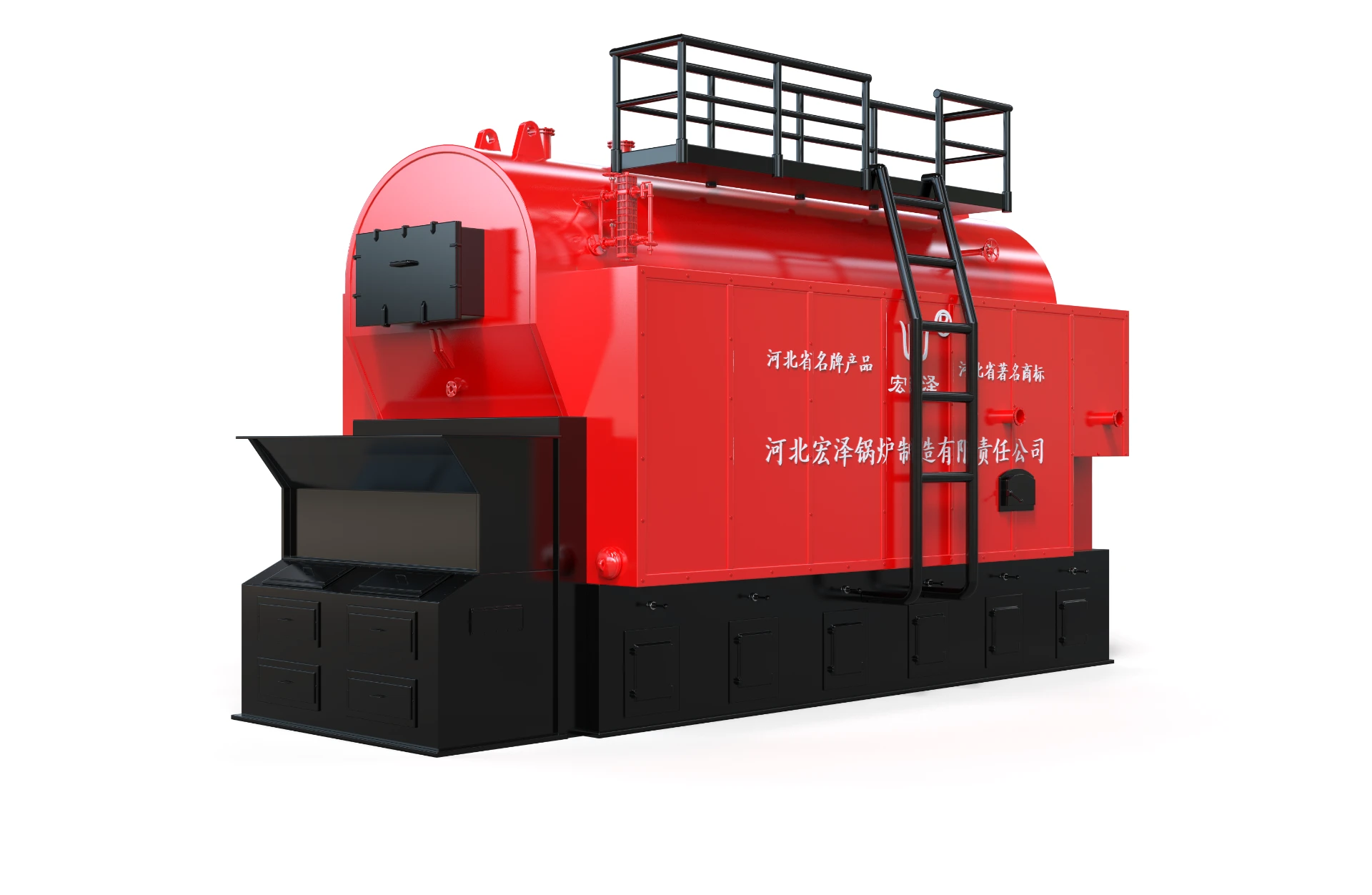
नोभ . 18, 2024 16:51 Back to list
Steam Boiler Heating System Overview and Benefits for Efficient Energy Use
Steam Boiler Heating System An Overview
Steam boiler heating systems have long been a fundamental part of residential and industrial heating. They operate on the principle of converting water into steam, which is then used to transfer heat throughout a building or facility. This method of heating is praised for its efficiency and effectiveness, making it a popular choice in various applications.
How It Works
The basic operation of a steam boiler involves heating water in a sealed vessel until it turns into steam. This is achieved through the combustion of fuels such as natural gas, oil, or coal, although electric boilers are also available. The hot gases produced from the burning fuel heat the water in the boiler's heat exchanger. Once the water reaches its boiling point, it converts to steam, which expands and rises through insulated pipes to heating units throughout the system.
In a typical steam heating system, the steam enters radiators or convectors, where it releases heat to the surrounding air. As the steam cools, it condenses back into water, which then returns to the boiler via a condensate return system. This closed-loop system is efficient, as it minimizes water loss and energy expenditure.
Advantages of Steam Boiler Heating Systems
1. Efficiency Steam systems, particularly modern condensing boilers, can achieve higher efficiency rates than traditional heating systems. This is due to their ability to recapture heat from the condensate, effectively recycling energy.
2. Comfort Steam heating offers a consistent and even heat distribution. Unlike forced-air systems, which can produce drafts and uneven heating, steam radiators release warmth gradually, ensuring a comfortable indoor environment.
steam boiler heating system

3. Longevity Steam boilers are known for their durability. With proper maintenance, they can last for several decades, making them a cost-effective choice in the long run.
4. Versatility Steam heating systems can be used in a variety of settings, from residential buildings to large industrial facilities. They are capable of efficiently heating large spaces, which is why they are often used in older buildings and factories.
Disadvantages
Despite their many advantages, steam boiler heating systems are not without their drawbacks. One major concern is maintenance; they require regular check-ups to ensure safe operation and optimal efficiency. Additionally, steam systems can be prone to leaks and may require skilled technicians for repairs.
Moreover, steam heating may not be as responsive as other heating technologies. For instance, it takes longer to warm up a space as the system needs to produce steam and circulate it through the pipes. This lag can be inconvenient during sudden drops in temperature.
Conclusion
In conclusion, steam boiler heating systems remain a reliable and efficient option for heating needs across various sectors. Their ability to provide consistent, comfortable heat while maximizing energy use makes them a favored choice for many. With ongoing advancements in technology, these systems continue to evolve, promising even greater efficiency and sustainability in heating solutions. Whether for residential or industrial use, a steam boiler heating system can be a wise investment, provided that proper maintenance and care are prioritized.
-
Efficient Biomass Fired Hot Water Boiler | AI Heating Solution
NewsAug.01,2025
-
High-Efficiency Gas Thermal Oil Boilers | HPT Models
NewsJul.31,2025
-
Oil Fired Hot Water Boilers Sale - High Efficiency & Affordable
NewsJul.31,2025
-
High-Efficiency Commercial Oil Fired Steam Boiler for Industry
NewsJul.30,2025
-
High-Efficiency Biomass Fired Thermal Oil Boiler Solutions
NewsJul.30,2025
-
High Efficiency Gas Fired Thermal Oil Boiler for Industrial Heating
NewsJul.29,2025
Related PRODUCTS






















